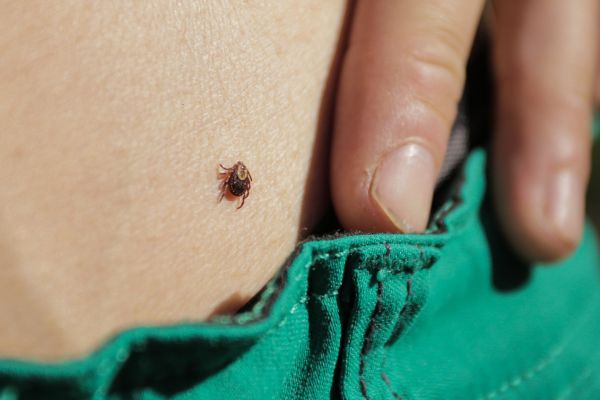
How to Prevent Lyme Disease: A Comprehensive Guide
With the onset of the school season, parents, teachers, and students must be aware of Lyme disease and how to prevent it effectively. This tick-borne illness can have serious long-term health consequences if not addressed promptly, potentially affecting an individual's quality of life significantly. In this expanded article, we’ll explore effective strategies for prevention, treatment options, and everyday practices to minimize risks, along with additional insights into this concerning disease.
Understanding Lyme Disease
Lyme disease is caused by the bacterium Borrelia burgdorferi, transmitted to humans throughthe bite of infected black-legged ticks, commonly known as deer ticks. These ticks are often found in the northeastern and north-central United States but can be present in other regions as well. The early symptoms of Lyme disease are often flu-like and may include fever, chills, headache, fatigue, muscle and joint aches, and swollen lymph nodes. In some cases, a characteristic rash called erythema migrans may appear, often resembling a bull's eye. If left untreated, the infection can spread to joints, the heart, and the nervous system, leading to more severe issues such as chronic joint pain, neurological problems, and heart complications.
Prevention Strategies
1. Avoid Tick Habitats
Ticks thrive in wooded, bushy, and grassy areas where they can easily latch onto a host. If possible, avoid these environments, especially during peak tick season (spring and summer), when ticks are most active. Encourage children to play in open spaces and stay on clear trails when hiking or spending time outdoors. Being aware of your surroundings and modifying outdoor activities can significantly reduce the risk of encountering ticks.
2. Wear Protective Clothing
When venturing into areas where ticks may reside, it's essential to wear the right clothing. Long sleeves, pants, and closed-toe shoes create a barrier against ticks. Light-colored clothing can help spot ticks more easily, making it simpler to remove them before they attach to the skin. Tucking pants into socks adds an extra layer of protection by preventing ticks from finding their way to exposed skin. Additionally, consider wearing a hat, especially in heavily wooded areas.
3. Use Repellents
Apply insect repellent containing DEET on exposed skin and clothing to deter ticks effectively.DEET is a well-known ingredient in repellents and has been proven to repel a variety of insects,including ticks. For added protection, treat clothing and gear with products containing 0.5% permethrin, which can kill ticks on contact. Always follow the product instructions for safe application, and reapply as needed according to the directions
4. Perform Regular Tick Checks
After spending time outdoors, conduct a thorough tick check as soon as possible. Pay special attention to hidden areas where ticks might latch on, such as the scalp, behind the ears, underarms, around the waist, and behind the knees. Catching and removing ticks early drastically reduces the chances of infection. Use fine-tipped tweezers to grasp the tick close to the skin's surface and pull upward with steady, even pressure to remove it.
5. Maintain Your Yard
Keeping your yard tidy can deter ticks from inhabiting the area. Regularly mowing the lawn, removing leaf litter, and creating a barrier of wood chips or gravel between your yard and wooded areas can discourage ticks from migrating into recreational spaces. Consider using tick control treatments or hiring professional pest control services for added safety. Creating a well- maintained landscape reduces tick habitats and limits exposure.
Treatment Options
If you suspect a tick bite or symptoms of Lyme disease, seek medical attention promptly. Early treatment usually involves a course of antibiotics, which is highly effective in combating the infection. Common medications include doxycycline, amoxicillin, or cefuroxime axetil. It's crucial to follow your healthcare provider’s advice and complete the prescribed treatment to ensure full recovery. In some cases, additional treatment may be necessary if symptoms persist.
Solutions for Schools
Schools can play a vital role in prevention by implementing comprehensive strategies to protect students and staff:
Educating Students and Staff: Raise awareness about Lyme disease, how it's transmitted, and prevention measures. Interactive sessions or educational materials can foster a better understanding and encourage proactive behaviors.
Organizing Tick Awareness Programs: Collaborate with local health departments to conduct workshops and presentations. These programs can provide valuable insights and tools for prevention, making the school environment safer for everyone.
Creating Safe Play Areas: Ensure playgrounds and sports fields are well-maintained and free from tick habitats. Regular inspections and maintenance can prevent ticks from establishing populations in these areas.
Providing Resources: Supply information pamphlets and offer repellent sprays for outdoor activities. Having these resources readily available encourages their use and helps maintain ongoing prevention efforts.